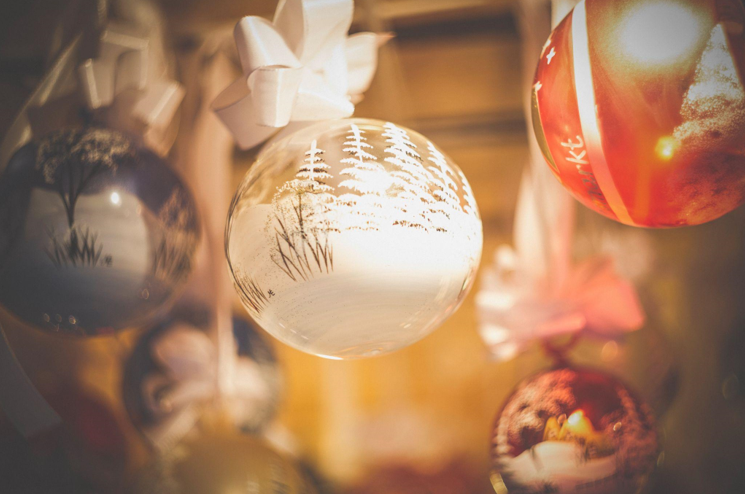The Origins of Christmas Ornaments
Christmas ornaments have a long and fascinating history. The tradition dates back to the 16th century in Germany. Evergreens were decorated with fruits like apples to symbolize the Tree of Knowledge from the story of Adam and Eve. This unique representation reminded people of Jesus’ role as the savior of humankind.
Over time, fruits were replaced with nuts, paper decorations, and eventually hand-blown glass ornaments. It wasn’t until the 19th century that ornaments became popular across Europe and America, becoming a staple of Christmas celebrations.
Even today, ornaments hold deep sentimental value. Families often pass them down through generations, each holding memories that make every Christmas special. Whether it’s a precious ornament from a child’s first Christmas or a handmade piece, these keepsakes connect us to the past and create moments to cherish in the present.
Why Flocked Christmas Trees Became an Icon
One standout feature of holiday decor is the flocked Christmas tree. Flocking—a process that gives trees a snow-dusted appearance—first gained popularity in the 1950s. Back then, people sought ways to replicate snowy, idyllic Christmas scenes indoors, and flocking was the perfect solution.
In Christian traditions, the flocked tree is mainly symbolic. It represents the purity and light that Jesus brought into the world. Combining the snowy elegance of a flocked tree with meaningful ornaments often becomes a spiritual and nostalgic experience for families.
Modern flocked Christmas trees add a magical touch to holiday decor. They look perfect with classic glass or personalized ornaments, transforming any room into a winter wonderland. Many love to deck their trees in ornaments that highlight their faith, family traditions, or even quirky, fun interests.
Fun Christmas Lore and Facts
Here are a few random facts about Christmas you might not know:
- The first Christmas tree in a church: Legend has it that Martin Luther, a key figure in the Protestant Reformation, added candles to a Christmas tree after being inspired by the stars shining through branches.
- Ornaments as gifts: Early Christians hung small gift boxes on trees to represent the gifts brought to Jesus by the Magi.
- Tinsel’s surprising origin: Tinsel was created in Germany using real silver! It was meant to reflect candlelight on the tree.
Christmas decorations, from ornaments to flocked trees, carry centuries of tradition, history, and faith. They remind us of the religious significance of the season and offer a chance to create joyful memories with family and friends.
Whether decorating with shiny heirlooms or trying a modern spin with a flocked tree, your holiday decor has a beautiful story. This year, as you hang each ornament and admire your tree, take a moment to reflect on the rich history and warmth it brings to your home.

